NAAC
NAAC (National Assessment And Accreditation Council)
India has one of the largest and diverse education systems in the world. Privatization, widespread expansion, increased autonomy and introduction of Programmes in new and emerging areas have improved access to higher education. At the same time, it has also led to widespread concern on the quality and relevance of the higher education. To address these concerns, the National Policy on Education (NPE, 1986) and the Programme of Action (PoA, 1992) spelt out strategic plans for the policies, advocated the establishment of an independent National accreditation agency. Consequently, the National Assessment and Accreditation Council (NAAC) was established in 1994 as an autonomous institution of the University Grants Commission (UGC) with its Head Quarter in Bengaluru. The mandate of NAAC as reflected in its vision statement is in making quality assurance an integral part of the functioning of Higher Education Institutions (HEIs).
The NAAC functions through its General Council (GC) and Executive Committee (EC) comprising educational administrators, policy makers and senior academicians from a cross-section of Indian higher education system. The Chairperson of the UGC is the President of the GC of the NAAC, the Chairperson of the EC is an eminent academician nominated by the President of GC (NAAC). The Director is the academic and administrative head of NAAC and is the member-secretary of both the GC and the EC. In addition to the statutory bodies that steer its policies and core staff to support its activities NAAC is advised by the advisory and consultative committees constituted from time to time.
EXTENDED PROFILE
1.1 Number of students yearwise during the last five years.
2.1 Number of Teaching staff / full time teachers year wise during the last five years.
3.1 Expenditure excluding salary component year wise during the last five years (INR in lakhs)
CRITERION 1
Curricular Aspects (100)
Key Indicator – 1.1 Curricular Planning and Implementation (20)
Key Indicator- 1.2 Academic Flexibility (30)
Key Indicator - 1.3 Curriculum Enrichment (30)
Key Indicator - 1.4 Feedback System (20)
CRITERION 2
CRITERION 2 - Teaching Learning and Evaluation (350)
Key Indicator - 2.1. Student Enrolment and Profile (40)
|
Metric No. |
Description |
Weightage |
|
2.1.1. |
20 |
|
|
2.1.2 |
20 |
Key Indicator - 2.2. Student Teacher Ratio (40)
|
Metric No. |
Description |
Weightage |
|
2.2.1. |
Student – Full time Teacher Ratio |
40 |
Key Indicator - 2.3. Teaching- Learning Process (40)
|
Metric No. |
Description |
Weightage |
|
2.3.1. |
40 |
Key Indicator - 2.4 Teacher Profile and Quality (40)
|
Metric No. |
Description |
Weightage |
|
2.4.1. |
15 |
|
|
2.4.2. |
25 |
Key Indicator - 2.5. Evaluation Process and Reforms (40)
|
Metric No. |
Description |
Weightage |
|
2.5.1. |
40 |
Key Indicator - 2.6 Student Performance and Learning Outcome (90)
|
Metric No. |
Description |
Weightage |
|
2.6.1. |
45 |
|
|
2.6.2. |
45 |
Key Indicator - 2.7 Student Satisfaction Survey (60)
|
Metric No. |
Description |
Weightage |
|
2.7.1. |
Online student satisfaction survey regarding to teaching learning process. |
60 |
CRITERION 3
Key Indicator -3.1- Resource Mobilization for Research (10)
| Metric No. | Description | Weightage |
|---|---|---|
| 3.1.1. | Grants received from Government and non-governmental agencies for research projects / endowments in the institution during the last five years (INR in Lakhs) | 10 |
Key Indicator -3.2- Innovation Ecosystem (15)
Key Indicator -3.3 - Research Publication and Awards (25)
Key Indicator -3.4 - Extension Activities (40)
Key Indicator -3.5 – Collaboration (20)
CRITERION 4
Infrastructure and Learning Resources (100)
Key Indicator - 4.1 Physical Facilities (30)
Key Indicator - 4.2 Library as a learning Resource (20)
Key Indicator - 4.3 IT Infrastructure (30)
Key Indicator - 4.4 Maintenance of Campus Infrastructure (20)
CRITERION 5
Student Support and Progression (140)
Key Indicator -5.1 Student Support (50)
Key Indicator -5.2 Student Progression (30)
Key Indicator -5.3 Student Participation and Activities (50)
Key Indicator -5.4 Alumni Engagement (10)
| Metric No. | Description | Weightage |
|---|---|---|
| 5.4.1 | There is a registered Alumni Association that contributes significantly to the development of the institution through financial and/or other support services | 10 |
CRITERION 6
Governance, Leadership and Management (100)
Key Indicator -6.1 Institutional Vision and Leadership (10)
Key Indicator -6.2 Strategy Development and Deployment (10)
Key Indicator -6.3 Faculty Empowerment Strategies (35)
Key Indicator -6.4 Financial Management and Resource Mobilization (15)
Key Indicator -6.5 Internal Quality Assurance System (30)
CRITERION 7
Institutional Values and Best Practices (100)
Key Indicator -7.1 Institutional Values and Social Responsibilities (50)
Key Indicator -7.2 Best Practices (30)
| Metric No. | Description | Weightage |
|---|---|---|
| 7.2.1 | Describe two best practices successfully implemented by the Institution as per NAAC format provided in the Manual | 30 |
Key Indicator -7.3 Institutional Distinctiveness (20)
| Metric No. | Description | Weightage |
|---|---|---|
| 7.3.1 | 20 |
SSR
DVV CLARIFICATION
Extended Profile
Criteria - I
Criteria - II
Criteria - III
Criteria - IV
Criteria - V
Criteria - VI
Criteria - VII
AQAR-2022-23
AQAR-2023-24
|
|
CRITERION I – CURRICULAR ASPECTS |
|
1.1.1 |
Curricular Planning and Implementation The Institution ensures effective curriculum delivery through a well-planned and documented Process |
|
1.1.2 |
|
|
1.1.3 |
|
|
1.2.1 |
|
|
1.2.2 |
Number of Add on /Certificate programs offered during the year |
|
1.2.3 |
|
|
1.3.1 |
|
|
1.3.2 |
|
|
1.3.3 |
Number of students undertaking project work/field work/ internships |
|
1.4.1 |
|
|
1.4.2 |
Feedback process of the Institution may be classified as follows. |
|
|
CRITERION II – TEACHING-LEARNING AND EVALUATION CRITERION |
|
2.1.1 |
|
|
2.1.2 |
|
|
2.2.1 |
|
|
2.2.2 |
Student- Full time teacher ratio (Data for the latest completed academic year) |
|
2.3.1 |
|
|
2.3.2 |
Teachers use ICT enabled tools for effective teaching-learning process. |
|
2.3.3 |
|
|
2.4.1 |
Number of full-time teachers against sanctioned posts during the year. |
|
2.4.2 |
|
|
2.4.3 |
|
|
2.5.1 |
Mechanism of internal assessment is transparent and robust in terms of frequency and mode. |
|
2.5.2 |
|
|
2.6.1 |
|
|
2.6.2 |
Attainment of Programme outcomes and course outcomes are evaluated by the institution. |
|
2.6.3 |
|
|
2.7.1 |
|
|
|
CRITERION III – RESEARCH, INNOVATIONS AND EXTENSION |
|
3.1.1 |
|
|
3.1.2 |
Number of teachers recognized as research guides (latest completed academic year) |
|
3.1.3 |
|
|
3.2.1 |
|
|
3.2.2 |
|
|
3.3.1 |
Number of Ph.Ds. registered per eligible teacher during the year |
|
3.3.2 |
Number of research papers per teachers in the Journals notified on UGC website during the year |
|
3.3.3 |
|
|
3.4.1 |
|
|
3.4.2 |
|
|
3.4.3 |
|
|
3.4.4 |
Number of students participating in extension activities at 3.4.3. above during year. |
|
3.5.1 |
|
|
3.5.2 |
|
|
|
CRITERION IV – INFRASTRUCTURE AND LEARNING RESOURCES |
|
4.1.1 |
|
|
4.1.2 |
|
|
4.1.3 |
Number of classrooms and seminar halls with ICT- enabled facilities such as smart class, LMS, etc. |
|
4.1.4 |
Expenditure, excluding salary for infrastructure augmentation during the year (INR in Lakhs) |
|
4.2.1 |
Library is automated using Integrated Library Management System (ILMS) |
|
4.2.2 |
The institution has subscription for the following e-resources
|
|
4.2.3 |
|
|
4.2.4 |
|
|
4.3.1 |
Institution frequently updates its IT facilities including Wi-Fi |
|
4.3.2 |
|
|
4.3.3 |
|
|
4.4.1 |
|
|
4.4.2 |
|
|
|
CRITERION V - STUDENT SUPPORT AND PROGRESSION |
|
5.1.1 |
No. of students benefited by scholarship and freeships provided by the government during the year. |
|
5.1.2 |
|
|
5.1.3 |
Capacity building and skills enhancement initiatives taken by the institution include the following:
|
|
5.1.4 |
|
|
5.1.5 |
|
|
5.2.1 |
|
|
5.2.2 |
Number of students progressing to higher education during the year |
|
5.2.3 |
|
|
5.3.1 |
|
|
5.3.2 |
|
|
5.3.3 |
|
|
5.4.1 |
|
|
5.4.2 |
|
|
|
CRITERION VI – E- GOVERNANCE, LEADERSHIP AND MANAGEMENT |
|
6.1.1 |
|
|
6.1.2 |
|
|
6.2.1 |
The institutional Strategic/ perspective plan is effectively deployed |
|
6.2.2 |
|
|
6.2.3 |
Implementation of e-governance in areas of operation
|
|
6.3.1 |
The institution has effective welfare measures for teaching and non- teaching staff |
|
6.3.2 |
|
|
6.3.3 |
|
|
6.3.4 |
|
|
6.3.5 |
Institutions Performance Appraisal System for teaching and non- teaching staff |
|
6.4.1 |
|
|
6.4.2 |
|
|
6.4.3 |
Institutional strategies for mobilization of funds and the optimal utilization of resources |
|
6.5.1 |
|
|
6.5.2 |
|
|
6.5.3 |
Quality assurance initiatives of the institution include:
|
|
|
CRITERION VII – INSITUTIONAL VALUES AND BEST PRACTICES |
|
7.1.1 |
Measures initiated by the Institution for the promotion of gender equity during the year |
|
7.1.2 |
The Institution has facilities for alternate sources of energy and energy conservation measures
Use of LED bulbs/ power efficient equipment |
|
7.1.3 |
1. Solid waste management 2. Liquid waste management 3. Biomedical waste management 4. E-waste management 5. Waste recycling system 6. Hazardous chemicals and radioactive waste management |
|
7.1.4 |
Water conservation facilities available in the Institution:
Maintenance of water bodies and distribution system in the campus |
|
7.1.5 |
The institutional initiatives for greening the campus are as follows:
|
|
7.1.6. |
|
|
7.1.7 |
The Institution has disabled-friendly, barrier free environment
|
|
7.1.8 |
|
|
7.1.9 |
|
|
7.1.10 |
|
|
7.1.11 |
|
|
7.2.1 |
|
|
7.3.1 |
Portray the performance of the Institution in one area distinctive to its priority and thrust. |
|
7.3.2 |
HR POLICY MANUAL
AWARDS AND RECOGNITION
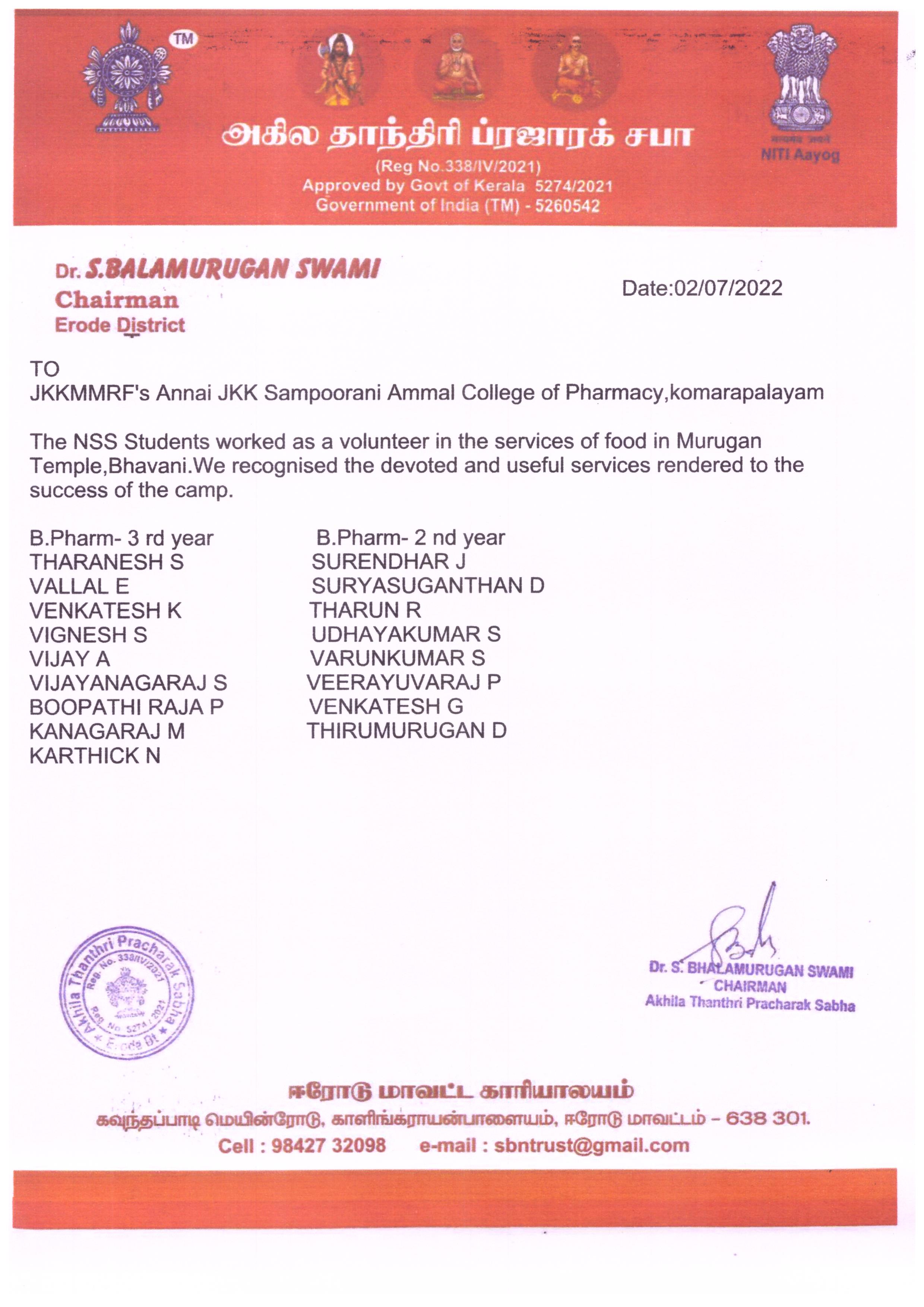
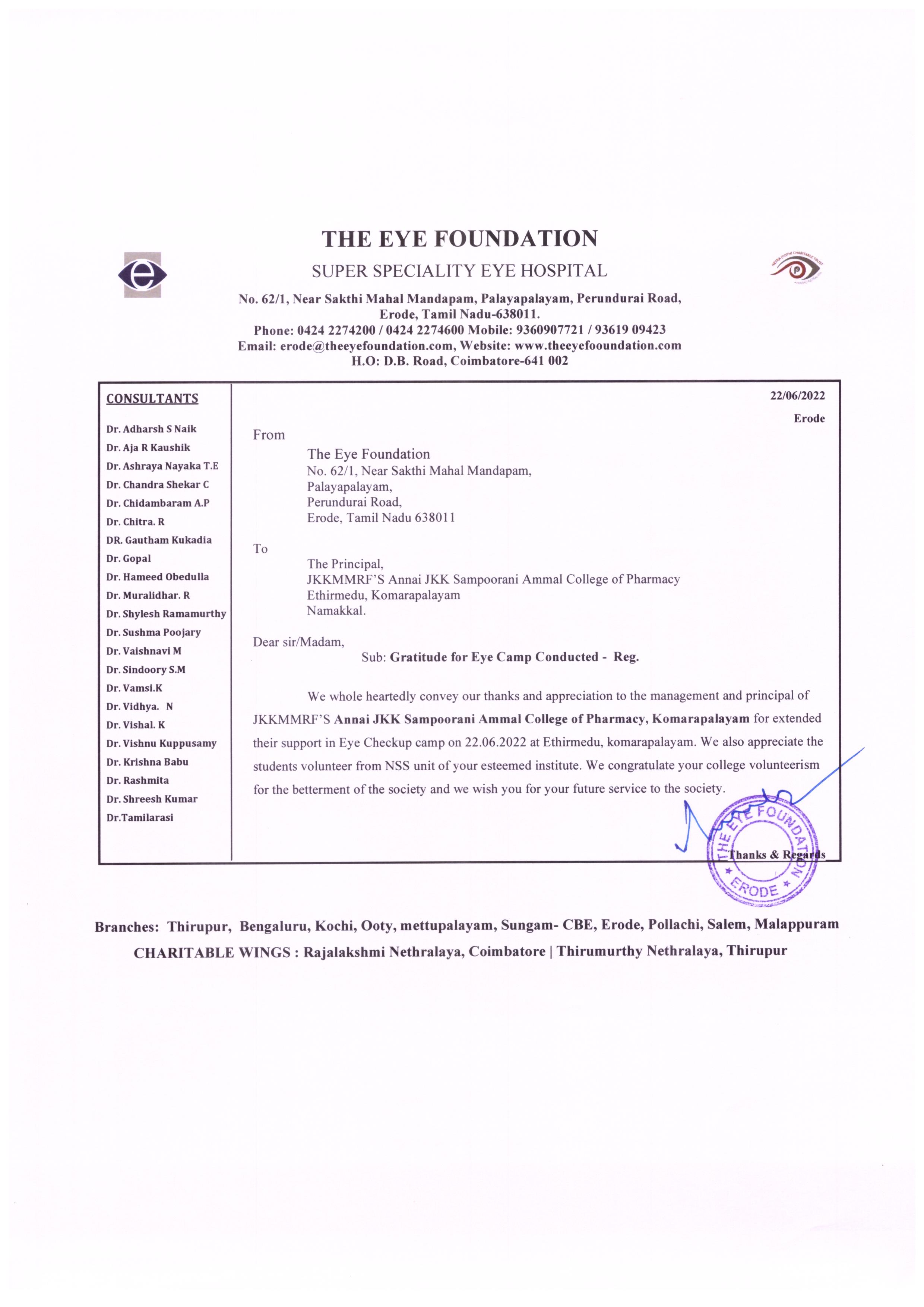
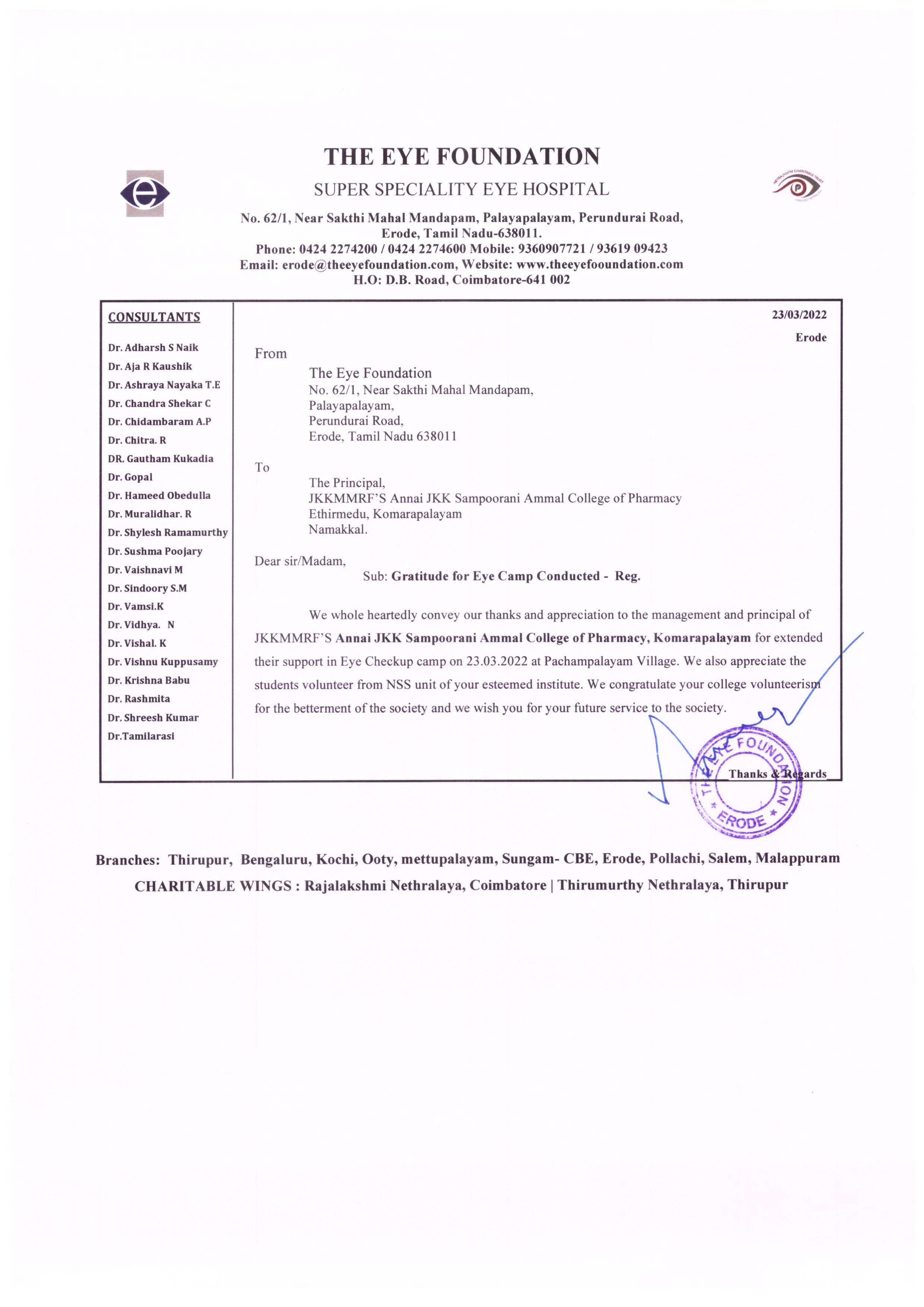
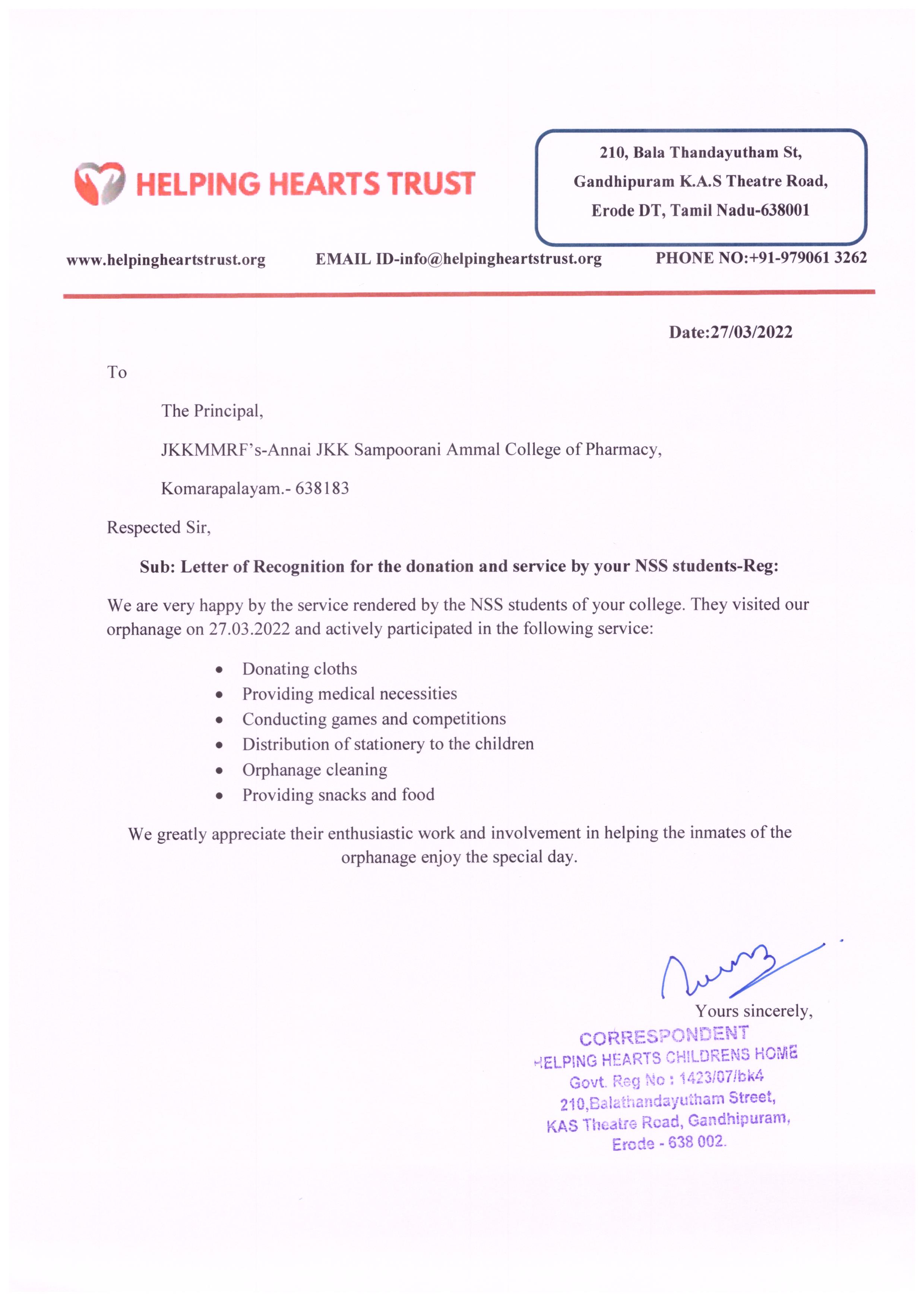
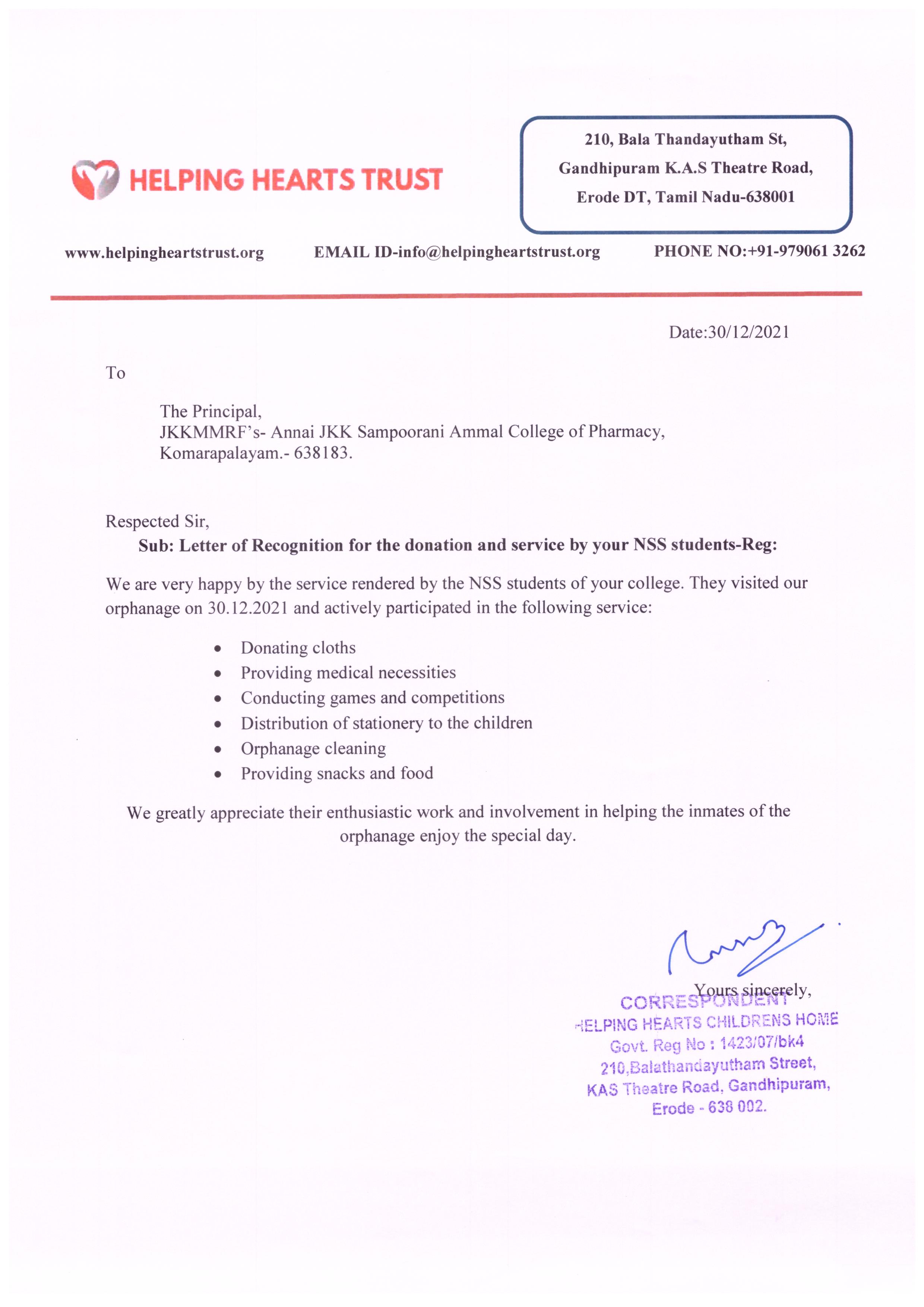
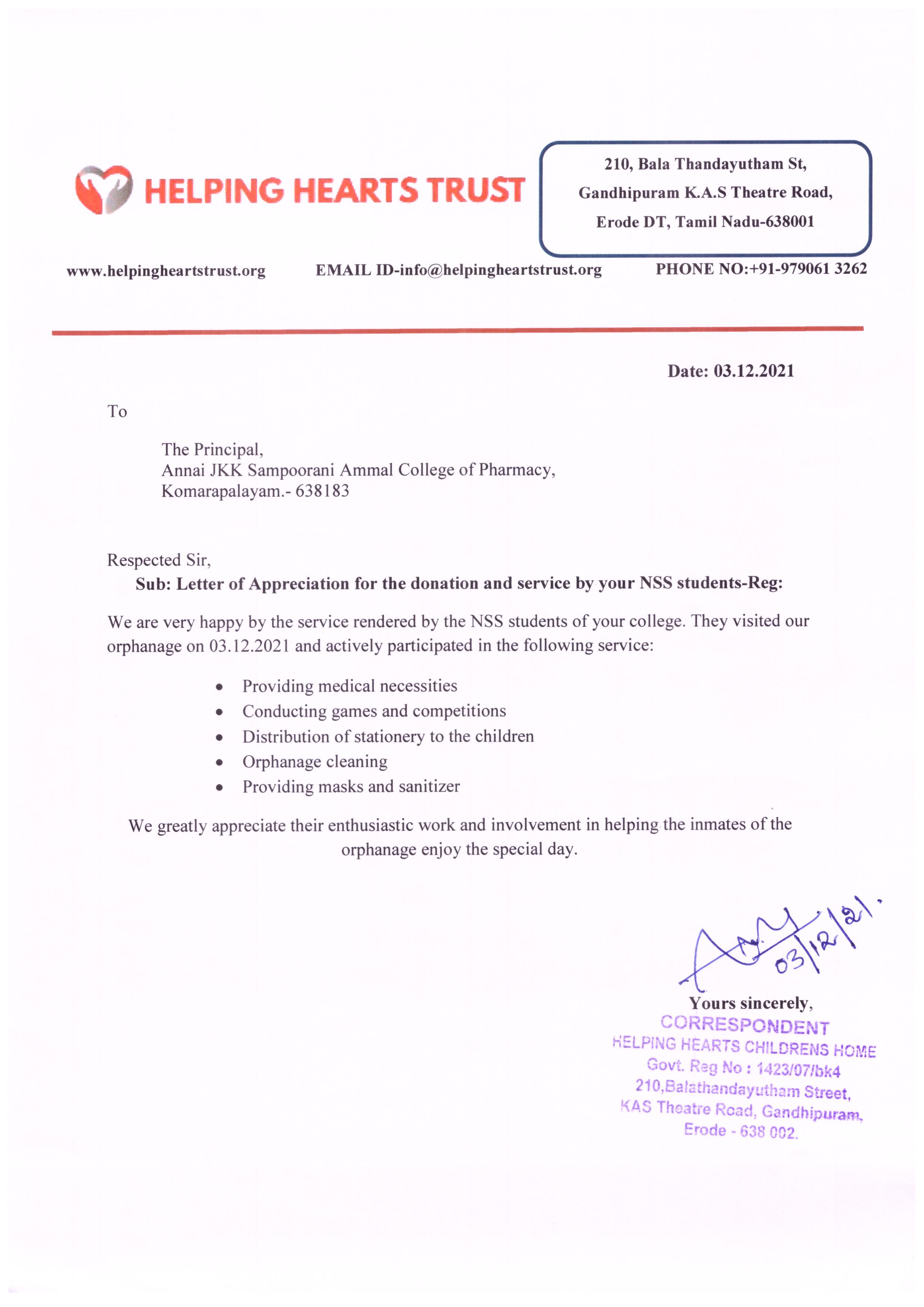

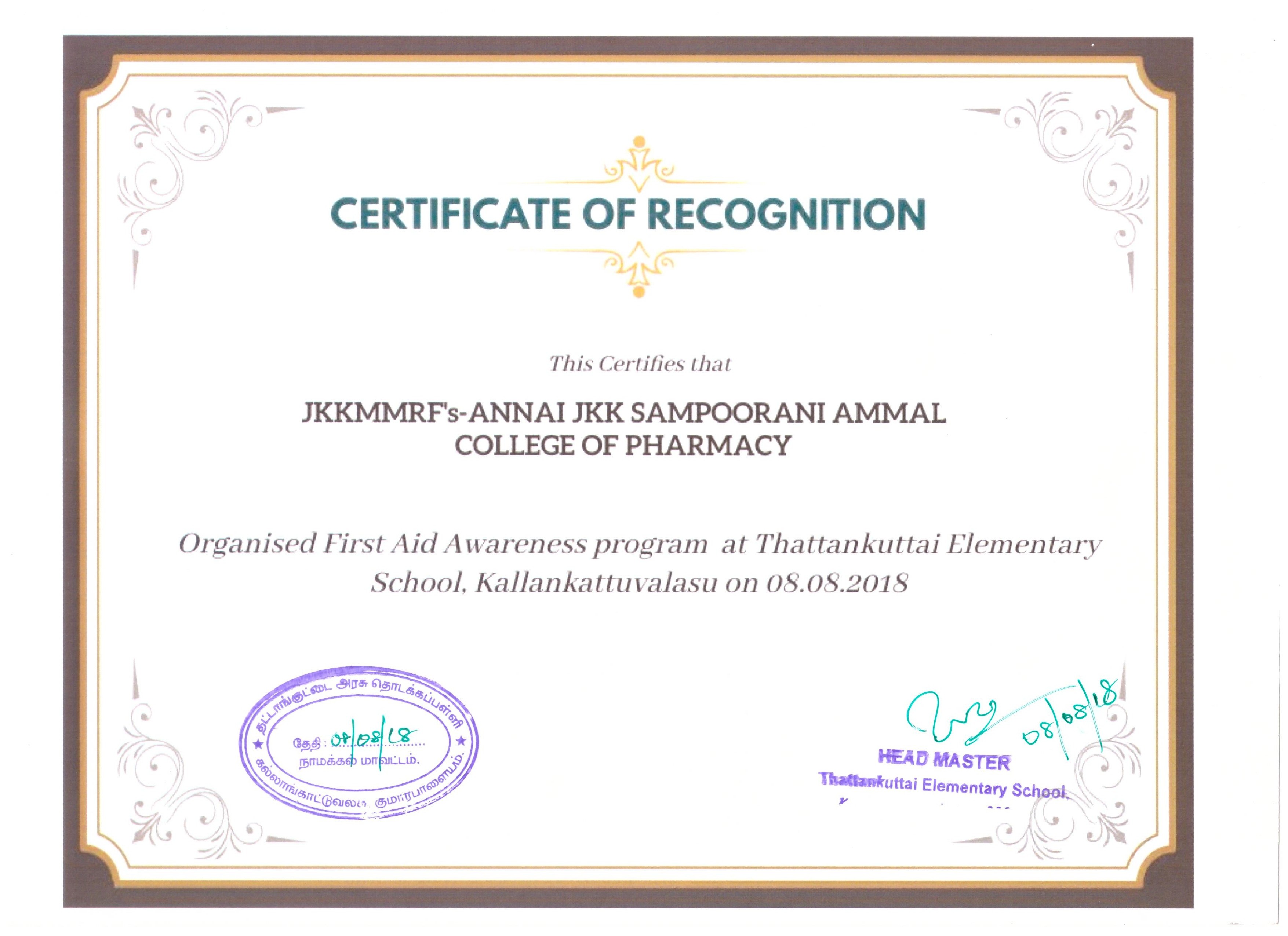
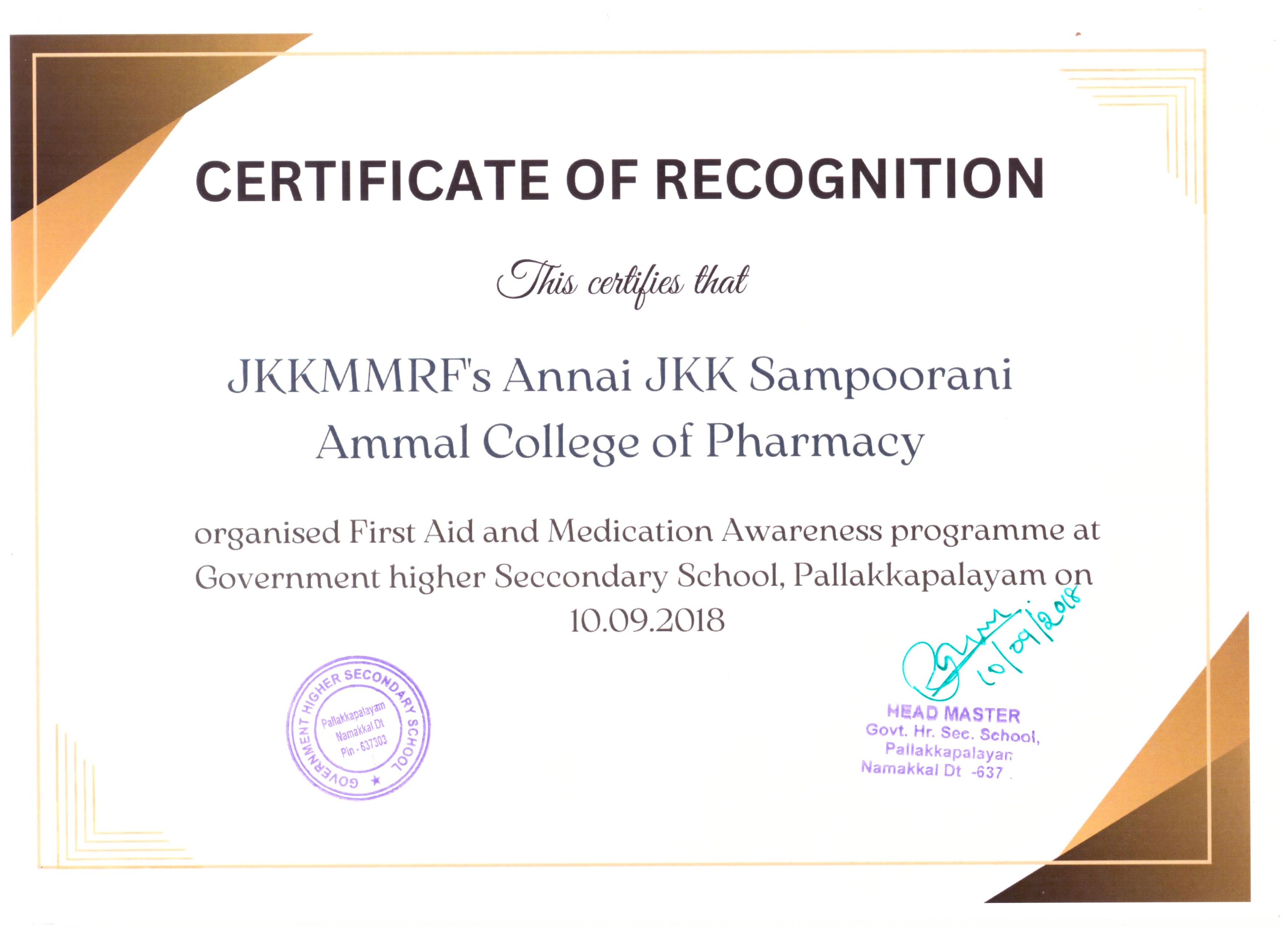
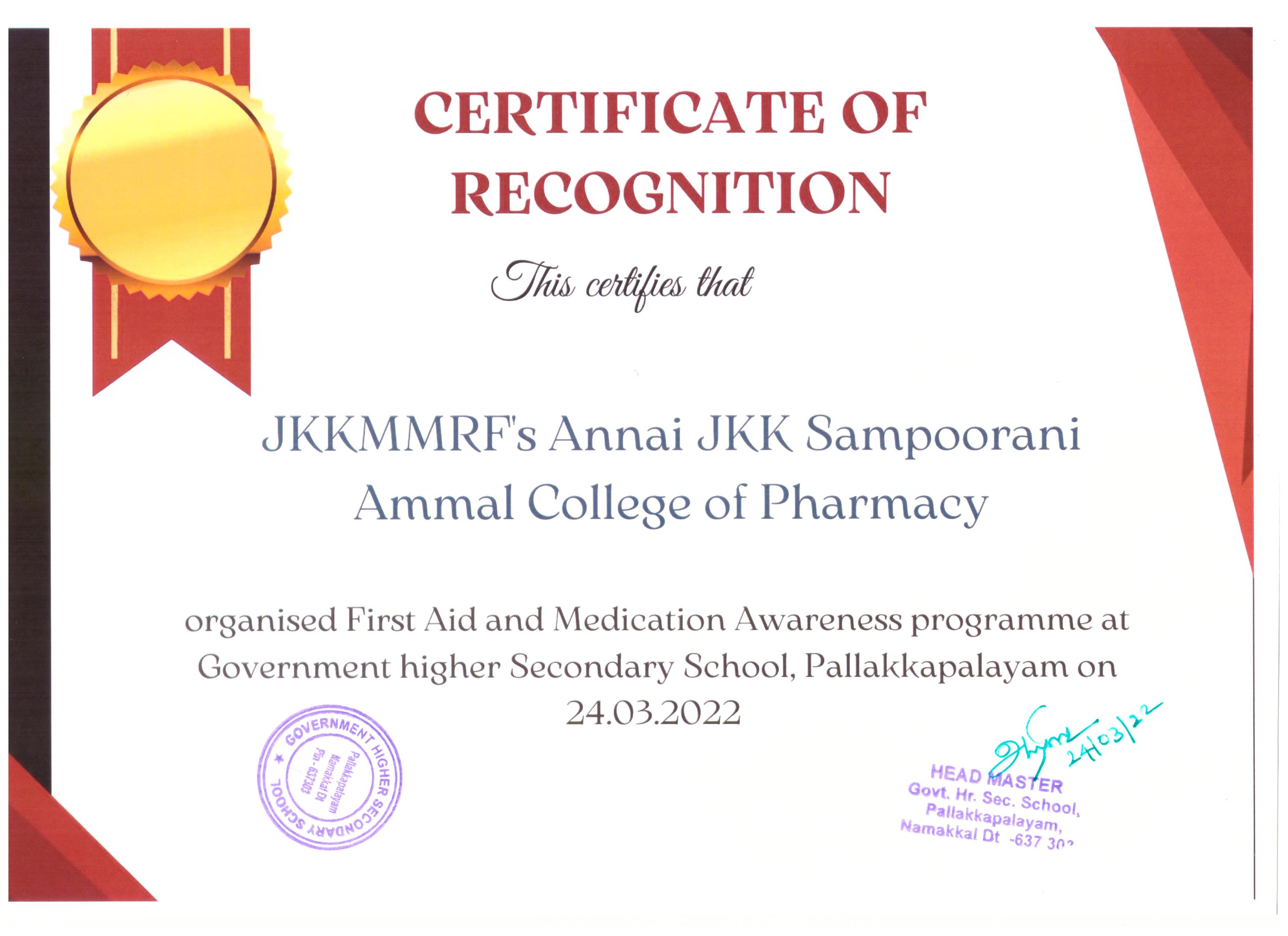
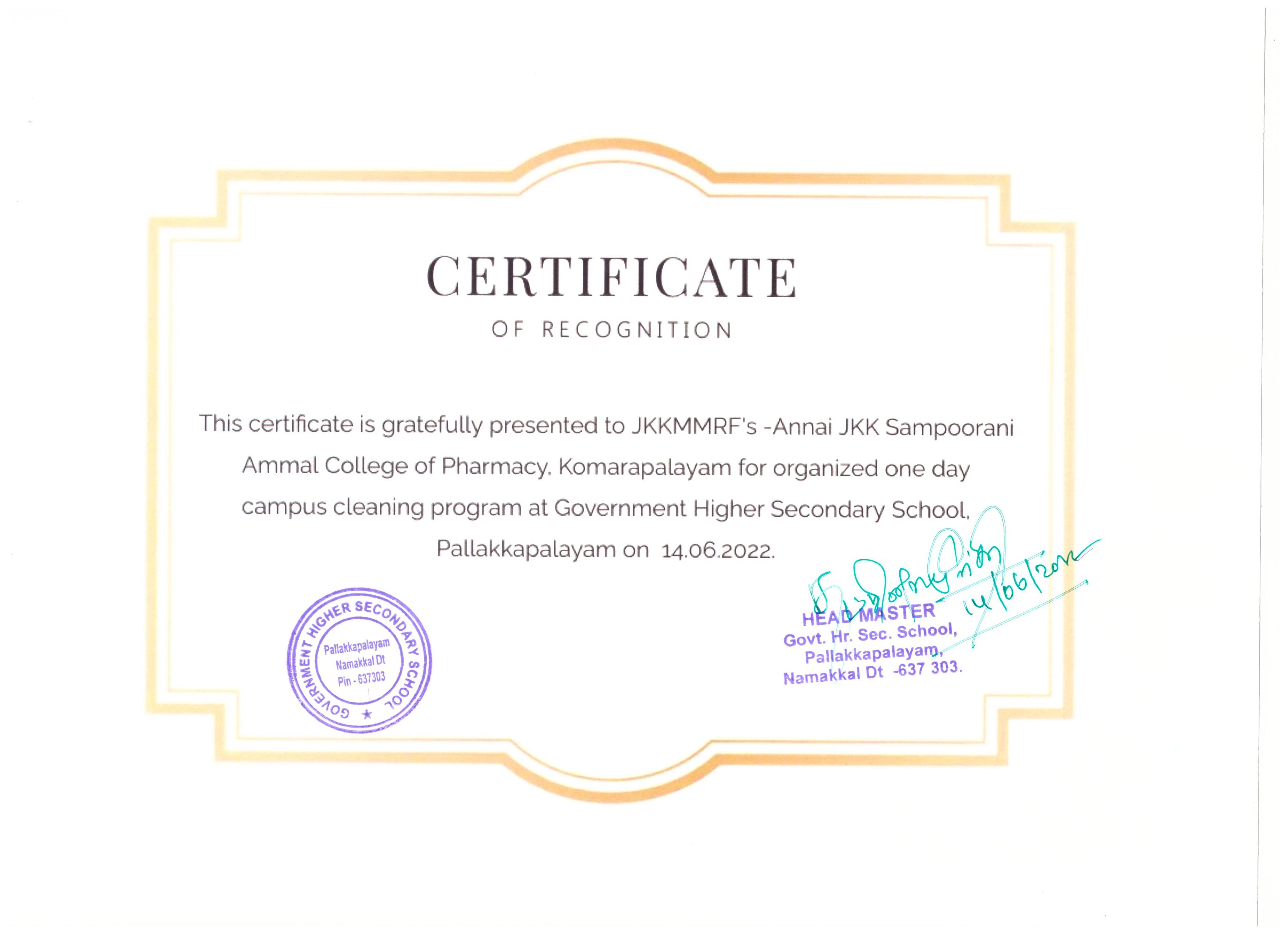
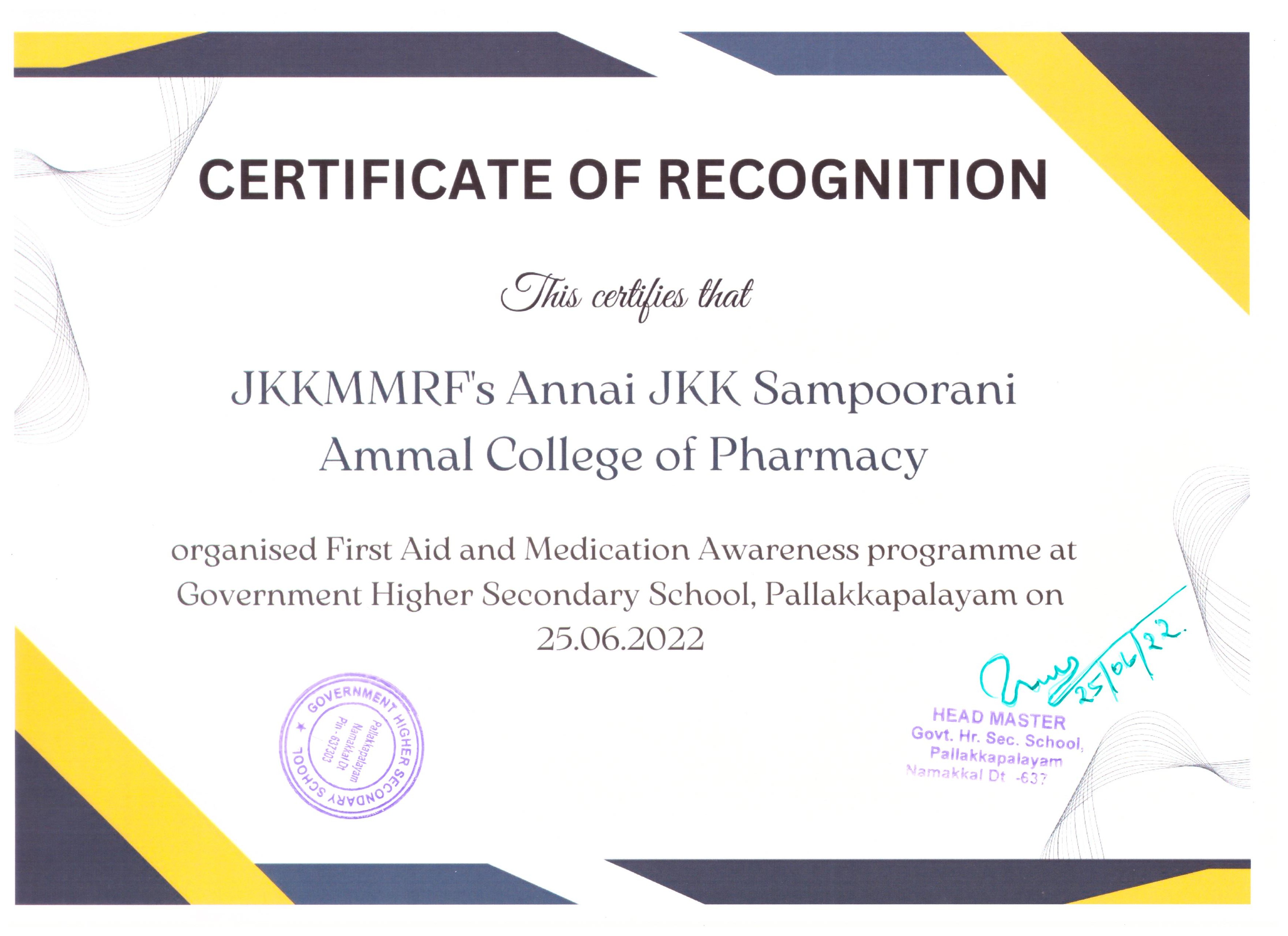


DISTINGUISH
STAKE HOLDERS FEEDBACK

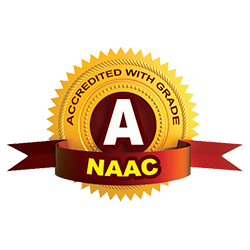
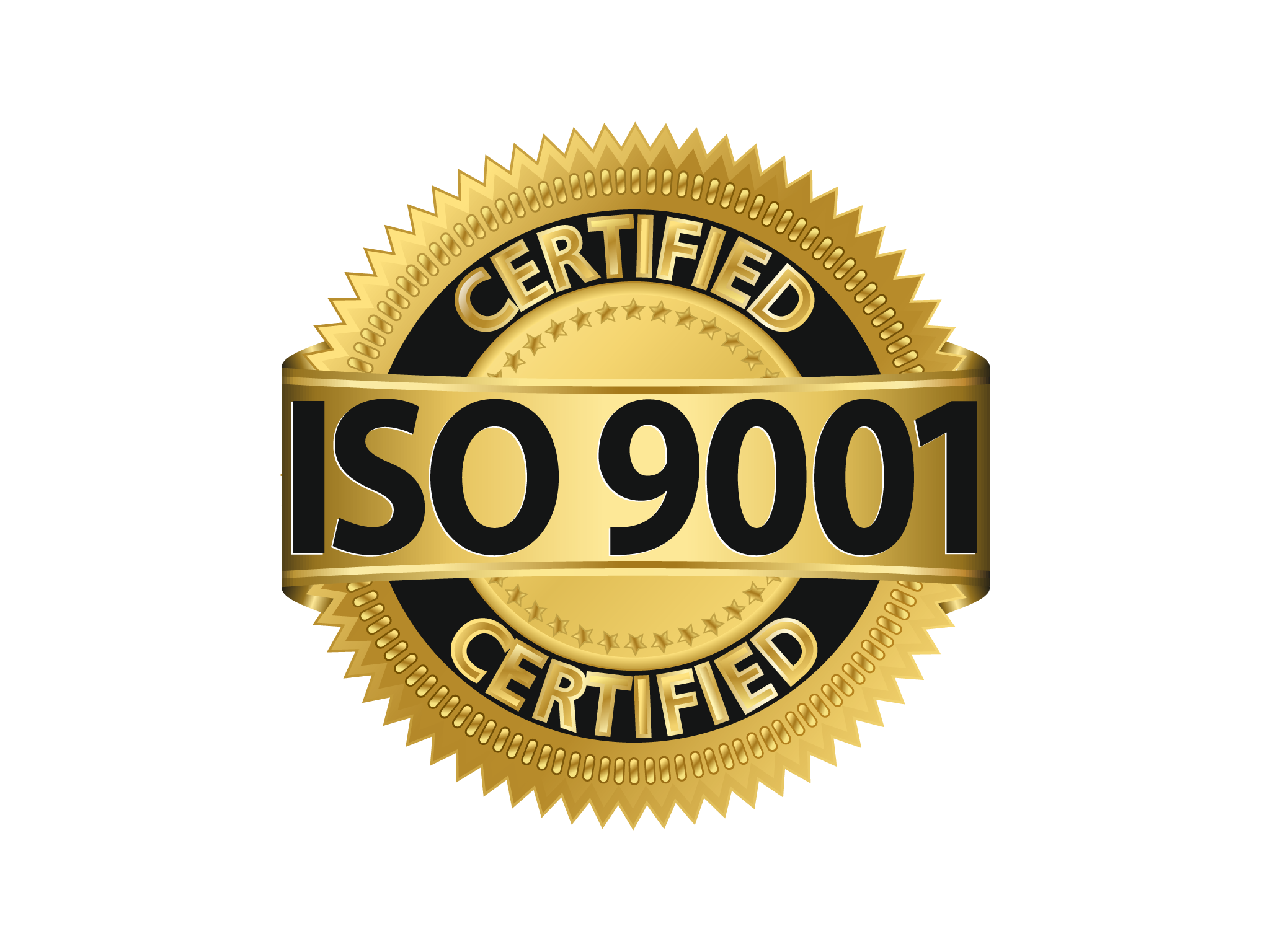
 1800-180-5522
1800-180-5522